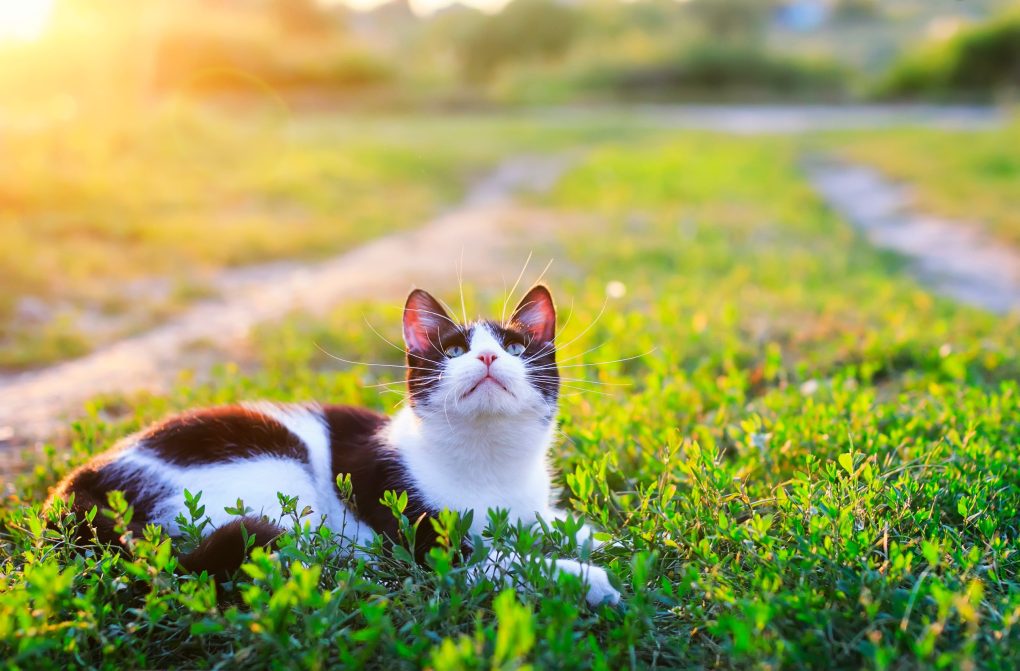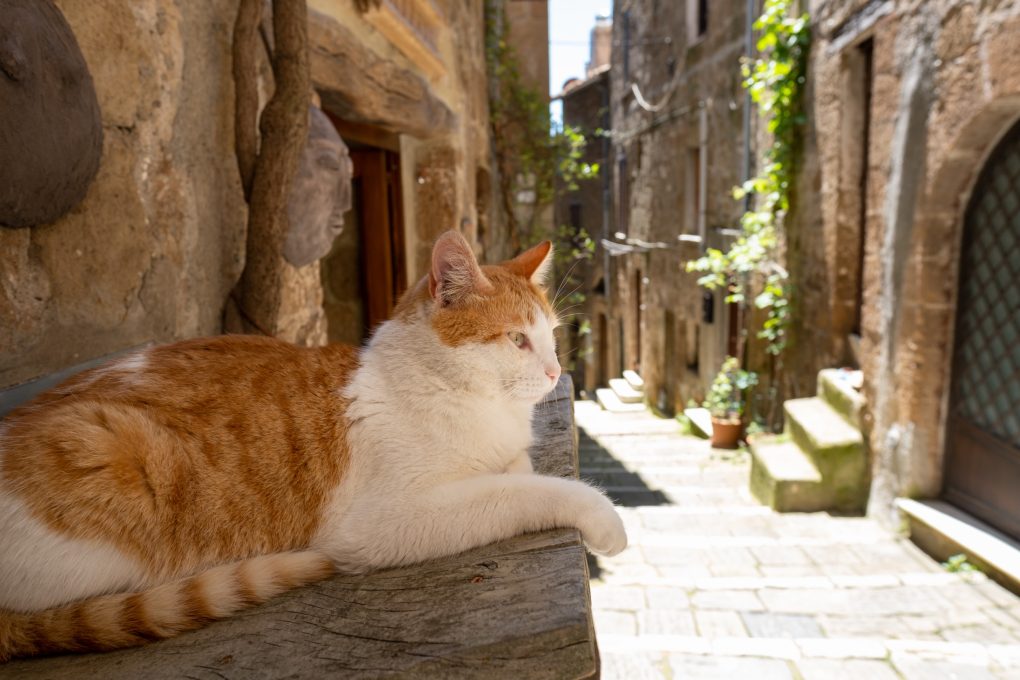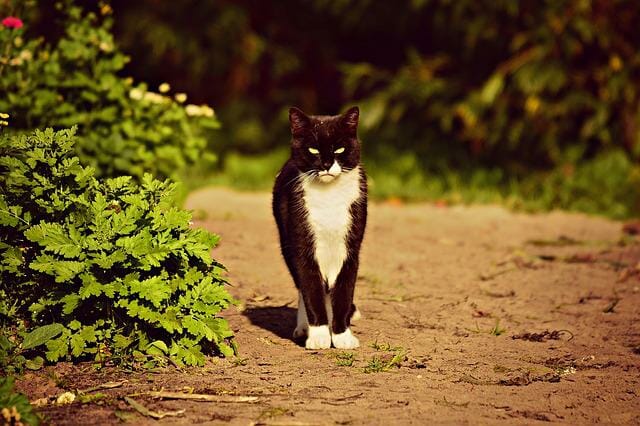How Long Are Cats on Heat: Factors Affecting Heat in Cats and Signs That They Are on Heat
Cats typically experience heat, or estrus, for seven days, but this can vary depending on the individual cat and breed. During this time, female cats are receptive to mating and may display vocalization, restlessness, and rubbing against objects.
It’s important to note that if you do not intend to breed your cat, it is recommended to have her spayed to prevent unwanted pregnancies and to help prevent certain health issues later in life.


Table of Contents
What Affects Heat in Cats
Age
Age is an important factor that affects the onset of heat cycles in cats. Generally, female cats reach sexual maturity and enter heat at four months. However, the age at which cats reach sexual maturity can vary widely. Around this time, a female cat’s reproductive organs begin to develop, and she may start to exhibit signs of coming into heat.
It is important to note that female cats that have not been spayed will continue to go into heat cycles throughout their lives, with the frequency and duration of the cycles being influenced by several factors. However, spaying your cat can help to prevent unwanted pregnancies and provide numerous health benefits, including reducing the risk of certain types of cancer.
Breed
The age at which cats reach sexual maturity can vary depending on their breed. Generally, female cats reach sexual maturity and go into heat during puberty. However, certain breeds of cats may reach sexual maturity earlier or later than others.
For example, some cat breeds, such as the Siamese, may reach sexual maturity earlier than others. Other breeds, such as the Maine Coon, may take longer to reach sexual maturity and start going into heat, sometimes not until they are between 8 and 10 months old.
The breed can also affect the frequency and duration of heat cycles in cats. For example, some breeds may go into heat more frequently than others, while some may have longer or shorter heat cycles.
Season
Seasonal changes can also affect the onset of heat cycles in cats. Generally, cats are more likely to go into heat during the spring and summer months, when the days are longer because the amount of daylight a cat is exposed to can influence its reproductive cycle.
Cats are considered “long-day breeders,” meaning that the length of daylight can trigger hormonal changes that lead to the onset of heat cycles. During the spring and summer, the days are longer, and cats are exposed to more daylight. This increased exposure to daylight can cause a surge in hormone levels, stimulating a cat’s reproductive system and leading to heat cycles.
Conversely, during the fall and winter months, the days are shorter, and cats are exposed to less daylight. This decreased exposure to daylight can cause a drop in hormone levels, which can delay the onset of heat cycles or even prevent them from occurring altogether.
Environment


Temperature is an important factor in a cat’s reproductive cycle. Cats are most comfortable at temperatures between 25°C and 30°C, and exposure to temperatures outside of this range can disrupt their hormonal balance and delay the onset of heat cycles. For example, cats kept in outdoor enclosures or colder climates may experience a delay in the onset of their heat cycles.
Lighting is another important environmental factor influencing a cat’s reproductive system. As mentioned earlier, cats are “long-day breeders” and are more likely to go into heat during the spring and summer when the days are longer. However, exposure to artificial lighting can also disrupt a cat’s natural hormonal balance and affect the onset of heat cycles.
Social interactions can also affect a cat’s reproductive system. For example, cats that live in multi-cat households may be exposed to pheromones from other cats that can disrupt their hormonal balance and affect the onset of heat cycles. Additionally, cats kept in isolation may experience a delay in the onset of their heat cycles due to a lack of social interaction and stimulation.
Weight and Overall Health
Both obesity and being underweight can disrupt a cat’s hormonal balance and delay the onset of heat cycles. This is because the amount of body fat influences the hormones involved in regulating a cat’s reproductive cycle in the cat’s body.
Cats that are overweight or obese have higher estrogen levels in their bodies, which can cause a delay in the onset of heat cycles. Conversely, underweight cats may not have enough body fat to produce sufficient levels of estrogen, which can also delay the onset of heat cycles.
In addition to weight, a cat’s overall health can also play a role in its reproductive cycle. For example, illnesses or conditions that affect a cat’s hormonal balance, such as thyroid disorders or diabetes, can disrupt the onset of heat cycles. Stress and anxiety can also cause an increase in the production of the hormone cortisol, which can interfere with the hormones involved in regulating a cat’s reproductive cycle.
Furthermore, some medications and medical treatments can affect a cat’s reproductive cycle. For example, medications that contain hormones or hormone-like substances, such as corticosteroids, can disrupt a cat’s hormonal balance and delay the onset of heat cycles.
Signs a Cat Is on Heat


A cat in heat is likely to be more vocal than usual, meowing or yowling more frequently and loudly. This is a way for the cat to attract male cats. They may be more affectionate than usual, rubbing against people, furniture, or objects.
Further, a cat in heat may appear more restless and agitated than usual. She may pace back and forth or constantly search for something. They are more active and playful, jumping and climbing more frequently than usual. They can also roll on the floor or display other unusual behaviors to get attention.
A cat in heat may groom herself more frequently and obsessively than usual, particularly around the genital area. They urinate more frequently than usual or exhibit inappropriate urination behavior. Additionally, a cat in heat may assume a characteristic mating position, with her rear end raised and tail to the side.
